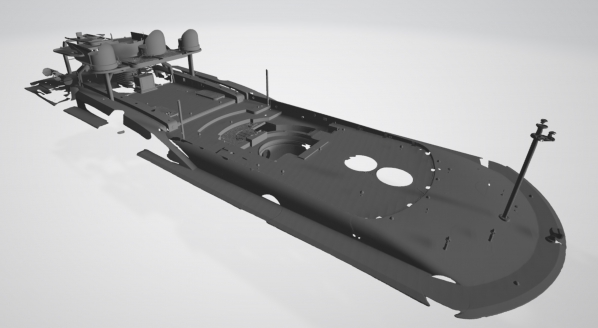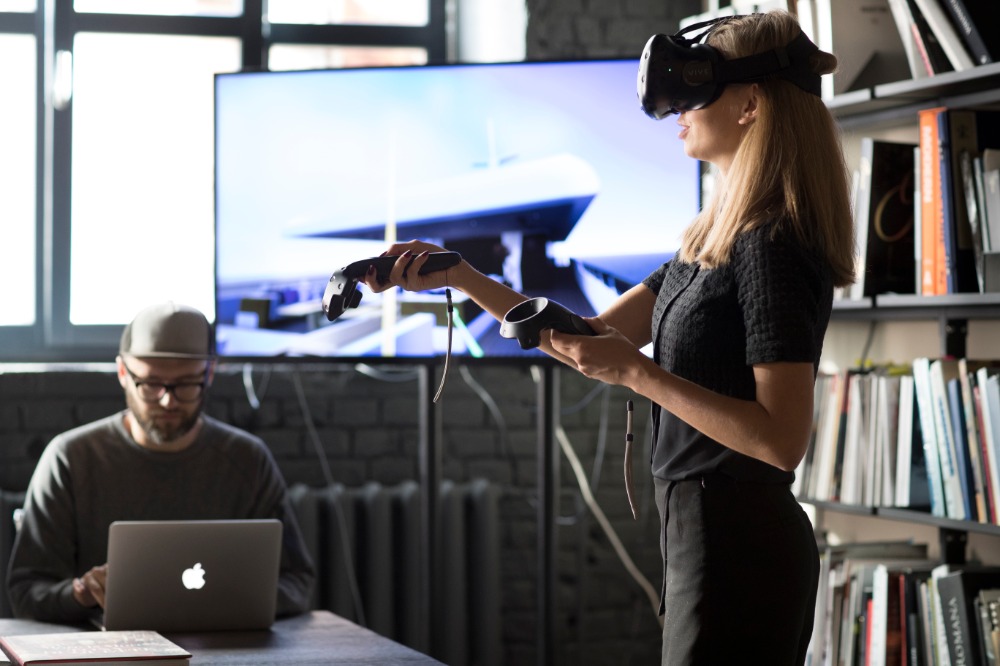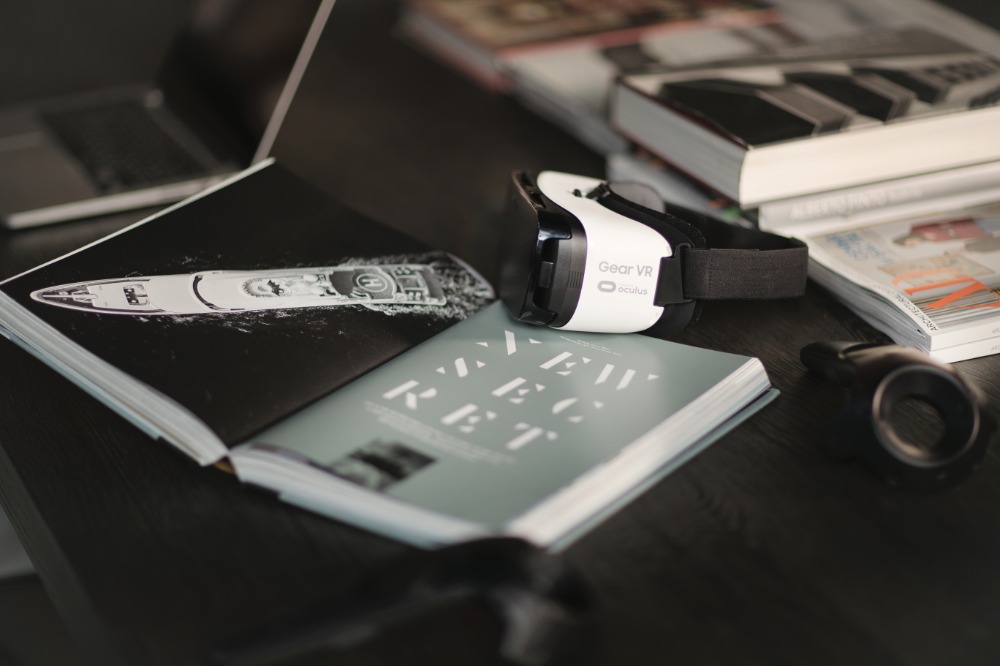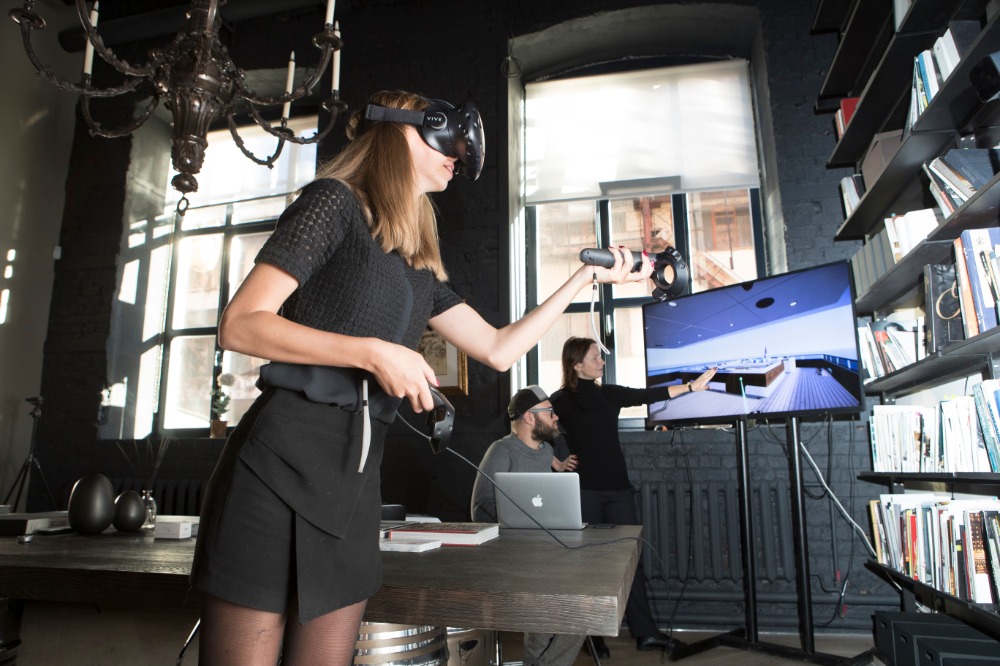A new reality
Has the new reality we are living in changed the superyacht industry’s attitude towards virtual reality?
While virtual reality and augmented reality technologies have been available for some time – and their benefits as superyacht sales, marketing and design tools have been made clear – the superyacht industry has been a slow adopter. But, with the complete collapse of the boat show calendar and a marketplace hamstrung by physical viewing restrictions, nothing has reinforced virtual technology’s potential value like the COVID-19 pandemic.
The key benefit of virtual reality (VR) and augmented reality (AR) for the superyacht industry is that the technology can be used to assist the design, build, refit and sales stages of a vessel’s lifecycle, with the ability to immerse a client inside a yacht, even before it is built. And in a COVID-19 world, VR and AR has the potential to further benefit the superyacht industry by facilitating client viewings from afar, within both the secondhand brokerage and new-build markets, at a time when travel and the physical meeting of people are both heavily restricted.
“The superyacht industry is a global industry, with stakeholders and yachts located in different parts of the world, and it is also a very emotional industry, where relationships are being built on the basis of personal interaction and personal chemistry,” says Anastasia Yushkova, CEO and founder of Anchor-VR. “The COVID-19 pandemic has caused travel restrictions and boat show cancellations and, of course, VR cannot rebuild this ecosystem (at this point in time) and simulate personal interaction. However, it can help in many other ways and become a better alternative to Zoom, Skype or Microsoft Teams due to its fully immersive and interactive nature.”
Vripack is one design studio at the forefront of the superyacht industry, in terms of utilising such technology, having used VR for more than six years to offer its clients a flexible approach to yacht design that allows for greater creativity, significantly reduces lead- times for owners and makes real-time changes possible at the touch of a button. “We have been using VR quite substantially during the pandemic,” explains Marnix J. Hoekstra, co-creative director at Vripack. “We are currently involved in a 70m project where, even during lockdown, the client has a VR set at home to which I can send files and he can be on board in an instant and give feedback on the areas he likes and doesn’t like, as well as sight lines and all those practical things that you would never be able to see from a two-dimensional computer rendering.”
There are signs that others in the industry are taking small steps towards growing a digital offering, even if this is only scratching the surface of what virtual technology can offer...
While a handful of forward-thinking design studios and shipyards are making use of VR and AR technology, it’s still a very small minority. But there are signs that others in the industry are taking small steps towards growing a digital offering, even if this is only scratching the surface of what virtual technology can offer. With the aim of bolstering marketing and sales activity in the wake of a cancelled boat show calendar, many brokerage houses and event organisers have been exploring the use of virtual tours and virtual boat shows. These virtual tours aim to enable private viewings of existing yachts for sale anywhere in the world from the comfort of the client’s home – from live video walk-throughs using tools such as WhatsApp, Facetime or Zoom, to a selection of 360-degree virtual tours.
“While we pride ourselves on offering a personalised service to all of our clients, it has been clear to us for a while that this needs to be supported by an enhanced digital offering,” explains Nick Dean, managing partner at Ocean Independence. “This has become even more apparent with the global COVID-19 pandemic and travel restrictions introduced this year – our owners, brokers and crew have really stepped up to the plate with the creation of additional video content, walkthroughs and 3D tours. Our virtual tours have been well received by our clients, even generating an agreed offer on a yacht, subject to sea trials, survey and contract.”
Even without the travel restrictions caused by COVID-19 in place, Dean appreciates that using these assets as part of the overall brokerage experience has proven invaluable in allowing clients to view and shortlist yachts without having to fly internationally, with the additional benefits of time savings, cost savings and eco-friendliness. “As technology continues to develop, we aim to grow with it and continue to offer virtual viewing options alongside the expertise of our team,” he adds.
When talking about virtual technologies, however, it is important to distinguish the difference between VR and AR, and the 360-degree virtual tours that are more commonly used by virtual boat shows and brokers...
When talking about virtual technologies, however, it is important to distinguish the difference between VR and AR, and the 360-degree virtual tours that are more commonly used by virtual boat shows and brokers. Essentially, 360-degree video is what you experience when using many everyday applications such as Google Earth or virtual tours of real estate, which gives the user a panoramic view of a scene from the perspective of the photographer. Because the view is actually a 2D panoramic, the images become distorted and there is no depth or feel to the environment.
Therefore, 360-degree virtual tours are actually quite different from both AR, which allows the overlay of the real and digital world where physical and virtual objects co-exist, and VR, which is a 3D computer-generated immersive media experience that includes the use of hand controllers, voice activation or head-mounted displays (commonly headsets). The headset measures head movements and this technology increases the user’s normal field of vision, which results in the immersive sensation with the virtual world.
So, will the pandemic shift the industry’s attitude towards the adoption of AR and VR? “It might take this pandemic for someone to say, ‘Wow, this is a great tool’,” considers Hoekstra. “But it should be noted that we have already been using VR as a tool since 2014 and it was already great, so it’s a bit of a shame if it takes a situation like this to push the industry forward. At the same time, if this was what was needed then let it be so, because it is a valuable tool that will help attract new clients to the industry by helping them understand what to expect, and it will improve the discussions between shipyards and their clients.”
“In my opinion, the COVID-19 pandemic has certainly impacted the superyacht market’s interest in digital communications in general,” adds Yushkova. “Distant communications and remote collaboration have become the new norm. However, eight months is not enough time to switch the industry towards virtual reality, as it will require industry players to change their current pipelines. But, it is absolutely essential, if the industry would like to win in the long run.”
While the pandemic may have shone a light on the virtual technologies, the superyacht industry is still a long way off using VR as a mainstream tool in the sales and marketing process...
While the pandemic may have shone a light on the virtual technologies, the superyacht industry is still a long way off using VR as a mainstream tool in the sales and marketing process. For the superyacht industry to see greater adoption of the technology, Yushkova believes that there needs to be increased awareness and understanding of its potential. “First of all, the industry needs to understand that VR is for adults, not just for gaming, and that it is affordable, comfortable and easy to use,” she continues.
“The biggest contradiction is that our industry develops the most advanced objects in the world, in terms of technology, but it preserves a very conservative way of doing it. This is very different from the automotive or aviation sectors, where Product Lifecycle Management (PLM) is everywhere and VR is viewed as an end-to-end technology and could be used at any stage of a product’s life. I would love to see superyacht industry professionals start to use VR as a common language that can help them to navigate an environment filled with dozens of different PLM solutions and understand each other quickly. It would speed up project development and make the whole process more smooth, transparent and fun, especially in the context of travel restrictions and social distancing.”
After almost a year of living in a world dominated by COVID-19, it is undeniable that the pandemic will have a significant impact on the way that people travel and utilise technology as an alternative means of doing business. Going forward, the client-facing sectors of the industry should be prepared to understand more about VR and AR technologies and how they can add value, particularly in the design and build phases. With some progressive individuals paving the way, it is likely that increasingly more organisations will implement VR and AR technology as part of their future strategy to ensure they adapt to a changing business landscape in the wake of COVID-19.
Images courtesy of Anchor-VR by Sergey Kaptilkin
Profile links
NEW: Sign up for SuperyachtNewsweek!
Get the latest weekly news, in-depth reports, intelligence, and strategic insights, delivered directly from The Superyacht Group's editors and market analysts.
Stay at the forefront of the superyacht industry with SuperyachtNewsweek
Click here to become part of The Superyacht Group community, and join us in our mission to make this industry accessible to all, and prosperous for the long-term. We are offering access to the superyacht industry’s most comprehensive and longstanding archive of business-critical information, as well as a comprehensive, real-time superyacht fleet database, for just £10 per month, because we are One Industry with One Mission. Sign up here.
Related news

IMSA launches remote cyber security assessments
The remote cyber vulnerability scanning capabilities aim to support vessels with IMO cyber security compliance
Technology

The value of 3D laser scanning for superyacht refits
The BYD Group discusses how 3D laser scanning can offer many different uses during a refit project
Design
Related news
IMSA launches remote cyber security assessments
5 years ago
NEW: Sign up for
SuperyachtNewsweek!
Get the latest weekly news, in-depth reports, intelligence, and strategic insights, delivered directly from The Superyacht Group's editors and market analysts.
Stay at the forefront of the superyacht industry with SuperyachtNewsweek






